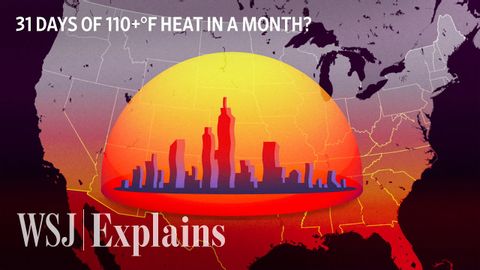熱浪不斷來襲!城市的成長是如何讓極高溫氣候變得更具致命性?(How Growing Cities Are Making Extreme Heat Deadlier | WSJ)
 沒有此條件下的單字
沒有此條件下的單字US /ˈvʌlnərəbəl/
・
UK /ˈvʌlnərəbl/
- adj.脆弱的;易受攻擊的;易受傷的;脆弱的;易受影響的;需要特別照顧的;易受批評的;(橋牌中)易受攻的
US /sɪɡˈnɪfɪkənt/
・
UK /sɪgˈnɪfɪkənt/
- v.t./i.伸展(肢體等);拉長
- n.伸展;一段路程、區域;物品連續排列;一段時間;階段
US /ˈbesɪkəli,-kli/
・
UK /ˈbeɪsɪkli/
